Pasta AlternativesMany civilizations around the world enjoy pasta because it is so adaptable. But some folks may want to limit the carbs it contains because of how high they are in it. This alternative is best for people who follow a low-carb diet, are gluten intolerant and want to avoid feeling bloated and uncomfortable after eating, they may want to stay away from wheat pasta and carbohydrates. People might be interested in low-carb substitutes if they want to keep pasta and its delicious sauces. 1. Spaghetti squash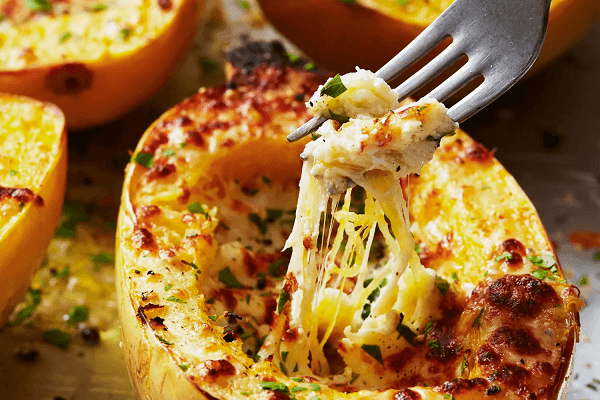
An excellent pasta alternative is spaghetti squash. This starchy vegetable, whose flesh is yellow-orange, is a native of North and Central America. Once cooked, its flesh may be pulled apart with a fork into strings that resemble spaghetti noodles, giving rise to its name. Spaghetti squash only has around 20% of the carbs you'd anticipate from the same amount of pasta, with 6.5 grammes per 3.5 ounces. It is also substantially richer in vitamins A, C, E, K, and most B vitamins. To make it, prick the squash several times with a fork and bake it for 30 to 45 minutes at 350°F (180°C). In addition, spaghetti squash can be boiled for 20 minutes or microwaved on high for 6 to 8 minutes. Once prepared, split the flesh into spaghetti-like strings with a fork and drizzle a sauce over it. 2. Spiralized vegetables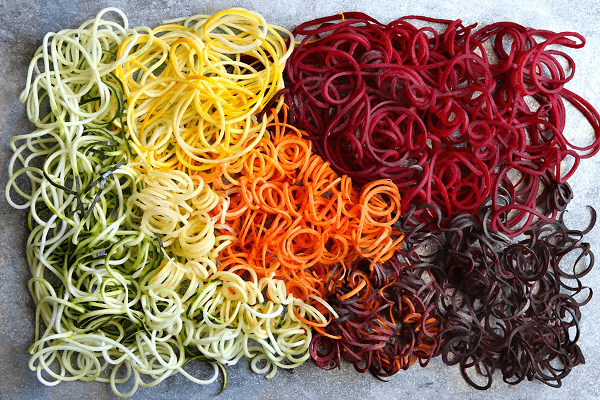
Spiralized veggies have changed the culinary world in recent times, and for a good reason, they offer a quick and appealing way to increase your intake of vegetables. Spiralized vegetables have been chopped into long strips resembling noodles using a spiralizer, a kitchen tool. Although various kinds of vegetables can be spiralized, zucchini, carrots, turnips, beets, and cucumbers are the most popular. These vegetable noodles are a fantastic source of fibre, vitamins, and minerals, and they have 3-10 times fewer carbohydrates than pasta. Increasing the number of veggies in your diet can be extremely healthy. It may reduce your risk of developing various illnesses, including heart disease, diabetes, and even some types of cancer, in addition to helping with weight loss and eating more vegetables. Vegetable peels are where most of a vegetable's nutrients are stored; therefore, avoid peeling them. Vegetables that have been spiralized can be consumed either warm or cold. If you want to reheat the vegetable noodles, boil them for three to five minutes or until they are chewy or prepared but still firm. They will lose their crispness if overcooked. 3. Eggplant Lasagne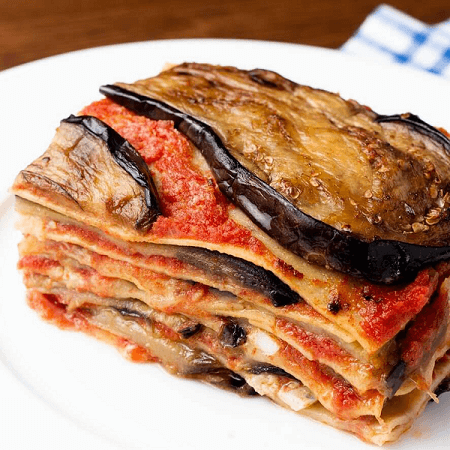
Indians are the originators of eggplant, sometimes referred to as aubergine. Even though it is technically a berry, it is more frequently eaten as a vegetable. The amount of carbohydrates in one serving of 3.5 grams of eggplant is about 9 gram, which is about 3.5 times less than the same amount of pasta. It is also a good source of fibre, vitamins, and minerals, namely manganese, thiamine, and vitamin K. To make homemade eggplant lasagne, start by slicing this delicious nightshade lengthwise into thin slices. The pieces are then roasted, turning them once, until they are soft and browned. While making lasagne, substitute the spaghetti sheets for these roasted eggplant slices. 4. Noodles with cabbage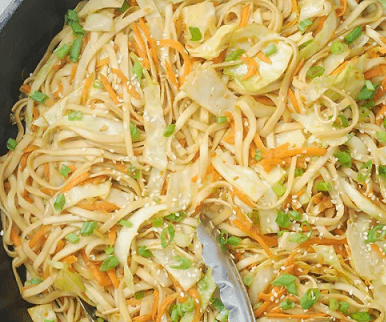
Cabbage is a surprisingly easy substitute for noodles that few people think to used. It contains a meagre amount of carbohydrates, with only 6 grammes per 3.5 ounces. This cabbage supplies 85% of the Reference Daily Intake for vitamin K and 54% of the Reference Daily Intake for vitamin C. In addition to a wealth of other vitamins and minerals, cabbage is a vital source of folate. As an alternative to lasagne sheets, you might use whole cabbage leaves. Sometimes you may also shred the cabbage head into thin noodles. Remember that the leaves closest to the centre are the most bitter and most demanding. The cabbage leaves will be ready if they can be easily bent without breaking if used for lasagne. Don't cook them too long; they will keep cooking in the oven. When cabbage noodles are soft enough to be eaten with a fork or spoon, take them from the water if you're not using them in an oven dish. 5. Cauliflower Quinoa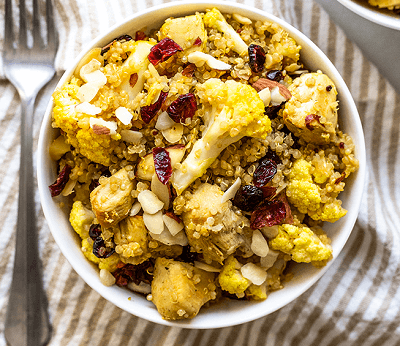
Cauliflower Quinoa can be used in place of rice and is called Quinoa. However, it can equally well take the place of couscous. One possible health benefit of cauliflower, a brassica vegetable, is a lower chance of developing several malignancies. It is common in carbohydrates and high in fibre, folate, and vitamins C, E, & K. 4 grammes of carbohydrates are present in 3.5 ounces (100 grammes) of cauliflower, which is 13% more than past. Break up the cauliflower and puree the florets in a food processor until they are grated into bits around the size of rice, then use it instead of Quinoa. Sauté the cauliflower couscous for one to two minutes in a large skillet with a bit of oil. Simmer the vegetables for 5-8 minutes with a lid on when the vegetables are soft. You can use the finished product in recipes as couscous. 6. Vegetable Pasta (Celeriac Pasta)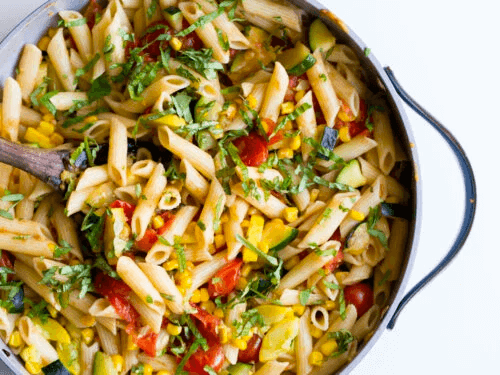
It is a root vegetable with a taste resembling celery and a touch of spice. Vitamin C, manganese, phosphorus, and vitamin B6 are all very abundant in celeriac. It offers 6 grammes of carbohydrates per 3.5 ounces, slightly more than cauliflower (100 grams). But it still functions as a nutritious replacement for pasta. Reduce the size of the celeriac before chopping it for the couscous. Then, proceed as you would, preparing cauliflower by chopping the vegetable into small pieces in a food processor and sautéing it until soft. 7. Sprouts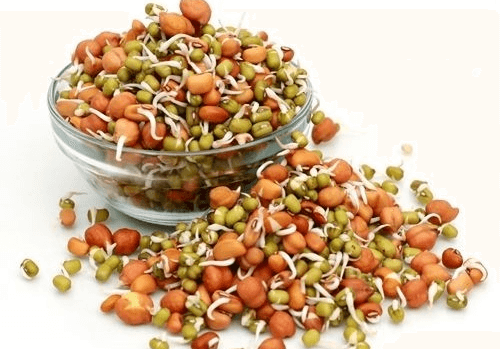
Sprouts are seedlings that have just erupted into little plants. One can sprout many different kinds of seeds. For example, beans, peas, grains, vegetable seeds, nuts, and other seeds are all used to make sprouts. Depending on the type of seed used, different sprouts have different nutrient contents. However, projections are often low in carbohydrates and high in protein, folate, magnesium, phosphorus, manganese, and vitamins C and K. They range in percentage of pasta's carbohydrate content from 7% for alfalfa sprouts to 70% for lentil sprouts. The quantity of natural sources of anti-nutrients in seeds tends to reduce during sprouting. As a result, nodes are more superficial for your body to digest. Sprouts can be used in place of spaghetti if you first blanch them by cooking them for a brief period and then removing them. To stop the cooking, sprinkle cold water over the sprouts. Drain and drizzle your desired sauce over the top. It's important to note that nodes are frequently associated with a higher risk of food illness. Only buy fresh, adequately chilled sprouts to lower your risk of contracting a foodborne disease. 8. Onion Noodles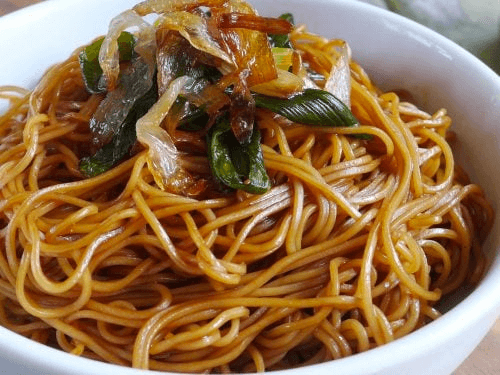
Pasta can be deliciously substituted with onions. However, this is unique. They are high in fibre, vitamin C, vitamin B6, folate, potassium, and phosphorus and have only one-third of the carbs of normal pasta. Flavonoid antioxidants, abundant in onions, have been linked to several health advantages, including reduced blood pressure and improved heart health. Peel and cut your onions into 1/4-inch (0.5-cm) slices. Next, separate each ring, and put the onion slices in a sizable roasting pan. Roast for 30 minutes, or until the onions start to turn brown, after drizzling with oil, salt, and pepper. Once the roasting is halfway done, stir. Add your preferred toppings and sauce on top. 9. Shirataki Noodles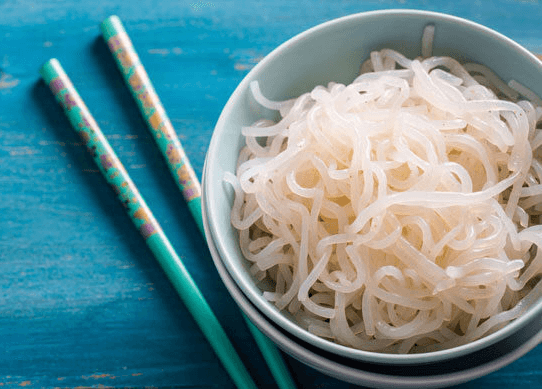
Shirataki noodles are long; white noodles, also referred to as konjac or miracle noodles. Due to their high filling potential and low-calorie content, they are a well-liked low-carb alternative to pasta. They are made of glucomannan, a fibre obtained from the konjac plant. Since glucomannan is a soluble fibre, it can take up water and solidify into a gel in your digestive system. Your digestion will be slowed, making you feel fuller for longer. The gut bacteria feed on soluble fibres to create short-chain fatty acids. SCFAs are believed to help reduce inflammation and increase immunity. Noodles prepared from shirataki are simple to make. Remove them from the packaging, give them a quick rinse under hot running water, and warm them up. Afterwards, add your favourite sauce. The noodles can also be heated in a pan. The naturally mushy texture of the noodles will change into a more noodle-like surface due to removing some excess water. 10. Tofu Noodles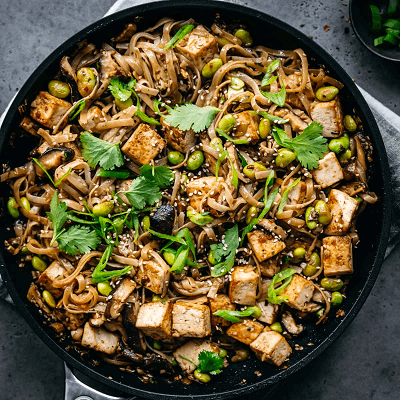
Baked tofu noodles, which are customary, can also be substituted with tofu noodles. They contribute a few extra calories and carbs and are created from a mixture of tofu and glucomannan fibre. Purchase these prepared noodles and prepare them the same way you would shirataki noodles. Tofu is high in protein and healthy plant components, which may offer protection from diseases like heart disease, diabetes, and some types of cancer. 11. Seaweed Pasta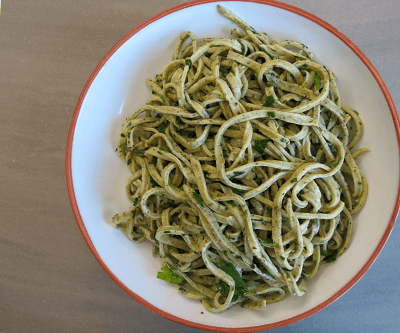
A unique low-carb option to pasta is seaweed pasta. It is nothing more than gathered, rinsed, and dried seaweed. Thus, it will give your food a taste of the sea. Although seaweed is naturally low in calories and carbohydrates, it is a nutrient powerhouse. Vitamin K, folate, magnesium, calcium, and iron are abundant. Depending on the type, it also offers a healthy quantity of iodine. 30% of the carbs in wheat pasta come from seaweed on average. Spaghetti or fettuccine naturally resemble the types of seaweed used to replace pasta. Place the seaweed in boiling water for 5-15 minutes, or until it reaches the required consistency, to prepare. The seaweed noodles can also be steamed for 20 to 35 minutes. They can continue to be more consistent because of this. 12. Pasta made with chickpeas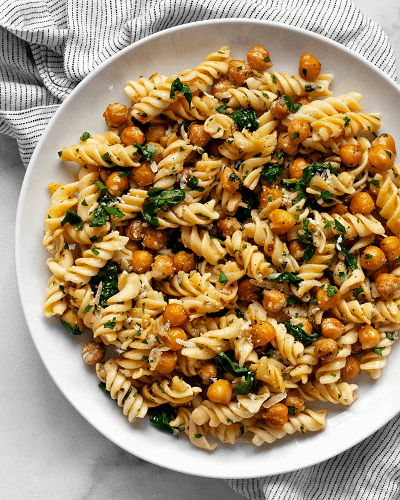
Newer gluten-free pasta made from chickpeas has recently attracted much interest from consumers concerned with their health. Although it has a faint chickpea flavour and a slightly chewier texture, it is remarkably similar to ordinary pasta in taste and appearance. A 57 g meal has roughly 13 g of protein and 7 g of fibre, making it a high-protein, high-fibre choice. Due to its ability to make you feel fuller longer, protein and fibre can help you lose weight by lowering your daily caloric intake. A small study involving 12 women revealed that consuming one cup of chickpeas before a meal helped lower blood sugar levels, appetite, and calorie consumption later in the day compared to a control meal. Additionally, studies show eating chickpeas can boost blood sugar regulation, lower cholesterol levels, and improve intestinal function. 13. Pasta made with Quinoa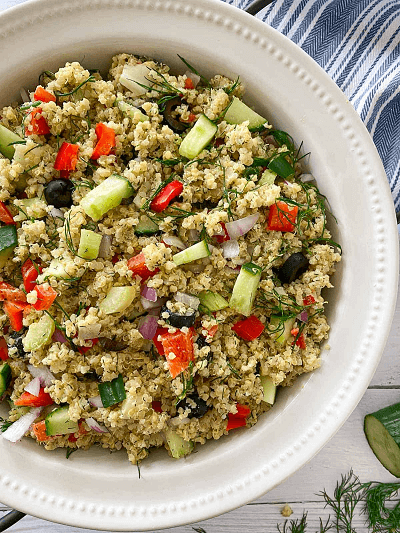
Regular pasta can be replaced with quinoa pasta, commonly created by combining Quinoa with other grains like corn and rice. Quinoa pasta is gluten-free. It is frequently described as having a somewhat gritty texture and nutty flavour. Its primary component, Quinoa, is a well-liked whole grain favoured for its rich nutrient profile, mild flavour, and several health advantages. Quinoa provides a substantial serving of each of the nine essential amino acids your body requires and is one of the few plant-based complete proteins on the market. Manganese, magnesium, phosphorus, folate, copper, iron, and many other critical vitamins and minerals are also present in Quinoa in significant amounts. 14. Sushi Noodles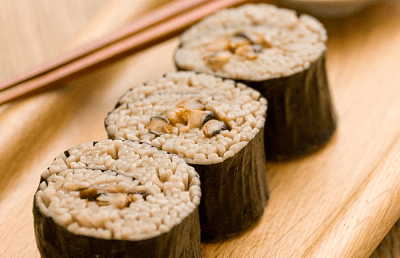
Buckwheat is a plant frequently grown for its nutrient-rich grain-like seeds, and it is used to make soba noodles, a form of pasta. They come in various shapes and sizes, have a nutty flavour, and have a chewy, gritty feel. Soba noodles offer a considerable amount of protein and fibre and tend to have fewer calories than varieties of regular pasta. A two-ounce serving of cooked soba noodles has a good quantity of micronutrients like manganese and thiamine, as well as roughly 7 g of protein, 3 g of fibre, and other vital macronutrients. According to studies, consuming buckwheat may improve blood pressure, cholesterol, and weight management. In addition, soba noodles have a lower glycaemic index than other carbs, which means they won't significantly raise your blood sugar levels when consumed. However, note that some producers of these noodles also use different types of grain in addition to buckwheat flour. If you suffer from gluten sensitivity, be sure to carefully read the contents list and avoid any goods containing wheat flour or white flour. 15. Pasta with different grains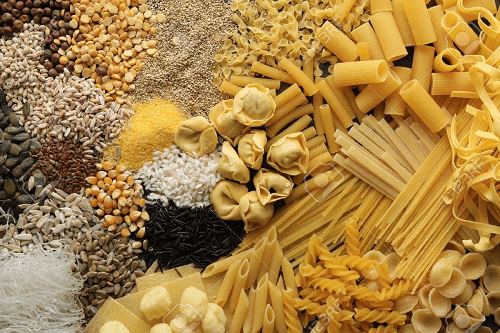
Various grains, such as corn, millet, buckwheat, Quinoa, rice, and amaranth, are combined to make different gluten-free pasta. Based on the types of grains used, the nutritional content of these different types of pasta can change significantly. Per 2-ounce serving, they might provide 4 to 9 g of protein and 1-6 grammes of fibre. For those with gluten sensitivity or a gluten allergy, multigrain pasta is a good substitute for conventional spaghetti. Additionally, multigrain pasta frequently resembles regular pasta in terms of flavour and texture. A variety of dishes may be converted to gluten-free with only a minor change.
Next TopicRaspberry Pi Alternatives
|
 For Videos Join Our Youtube Channel: Join Now
For Videos Join Our Youtube Channel: Join Now
Feedback
- Send your Feedback to [email protected]
Help Others, Please Share









